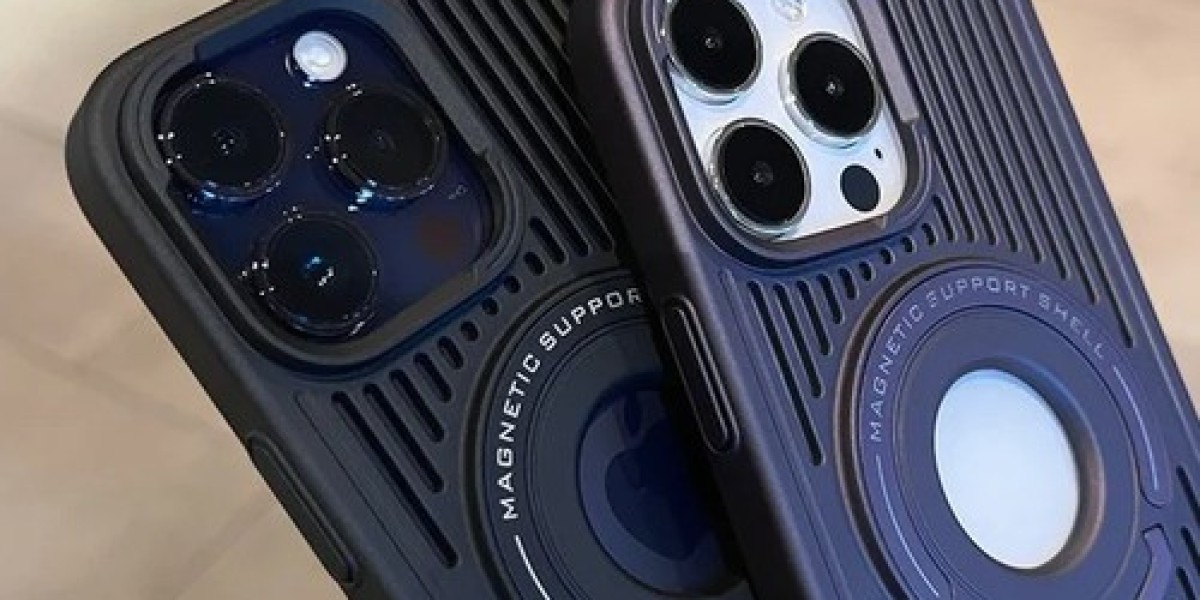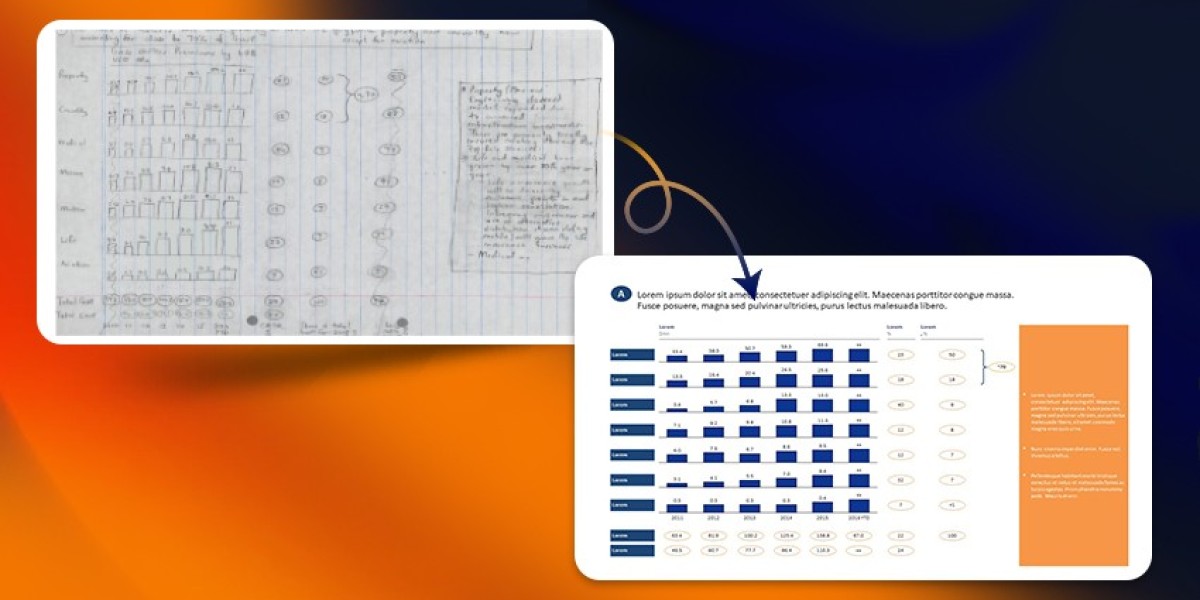Introduction
Fixings and Fasteners are foundational to the construction and manufacturing industries. Whether used for joining materials or reinforcing structures, they play a critical role in ensuring strength, durability, and stability. This article explores various types of fixings and fasteners, their applications, and how to select the right one for any project.
What Are Fixings and Fasteners?
Fixings and fasteners are devices used to join or secure two or more parts. They include bolts, nuts, screws, washers, anchors, and clips, each serving specific functions across a range of materials such as wood, metal, and concrete.
Types of Fixings and Fasteners
- Screws – Common for wood and metal projects, screws are versatile and provide a strong hold.
- Bolts and Nuts – Used together, these provide a secure hold in heavy-duty applications, like in steel structures and machinery.
- Anchors – Perfect for securing objects into materials like drywall, concrete, and brick.
- Washers – Used with bolts and screws to distribute the load and reduce stress on the material.
- Clips and Pins – Often used for temporary joins or as part of a more complex assembly.
Importance of Choosing the Right Fixings and Fasteners
Selecting the correct fixing or fastener is vital for:
- Structural Integrity: Ensuring that structures remain stable and safe under load.
- Durability: Preventing loosening and wear, especially in high-stress applications.
- Efficiency: Speeding up assembly times and ensuring a snug fit for parts.
Materials and Coatings for Fixings and Fasteners
Fixings and fasteners are often made from materials like steel, stainless steel, brass, and plastic, and can have coatings such as:
- Galvanized Coating: Adds rust resistance, ideal for outdoor use.
- Zinc Coating: Prevents corrosion in indoor applications.
- Brass or Stainless Steel: Provides durability and aesthetic appeal for visible applications.
Applications of Fixings and Fasteners Across Industries
- Construction: From buildings to bridges, fasteners secure materials in place.
- Automotive: Used in vehicle assembly, ensuring parts are held tightly.
- Aerospace: High-strength fasteners ensure safety in aircraft construction.
- Furniture Manufacturing: Fasteners help in assembling frames and other structural components.
- DIY Projects: Essential for at-home repairs and installations.
How to Choose the Right Fixing and Fastener
- Consider the Material: Ensure compatibility with the material being fastened (e.g., wood, metal, plastic).
- Assess Load Requirements: Choose fasteners that can handle the expected weight and stress.
- Environmental Conditions: For outdoor projects, choose weather-resistant materials like galvanized steel.
- Installation Requirements: Look at ease of use and whether special tools are required.
FAQs
- What is the difference between a screw and a bolt?
- Screws are generally threaded for direct insertion into material, while bolts require a nut for securing.
- How do I know which fastener material is best for outdoor use?
- Materials like stainless steel or galvanized steel are best due to their rust and corrosion resistance.
- Are washers necessary for every fastener?
- While not always necessary, washers help distribute load and protect surfaces, making them beneficial in many cases.
- Can I use any fastener for drywall?
- No, drywall requires specific anchors for a secure hold without damaging the wall.
- How do I prevent fasteners from loosening over time?
- Using lock washers or thread-locking compounds can prevent loosening due to vibration or heavy loads.
Conclusion
Fixings and fasteners may seem like small components, but their importance in construction and assembly is undeniable. Understanding their types, applications, and selection criteria helps ensure that projects are secure, durable, and built to last. By choosing the right fixings and fasteners, professionals and DIY enthusiasts alike can achieve high-quality, safe, and reliable results.









